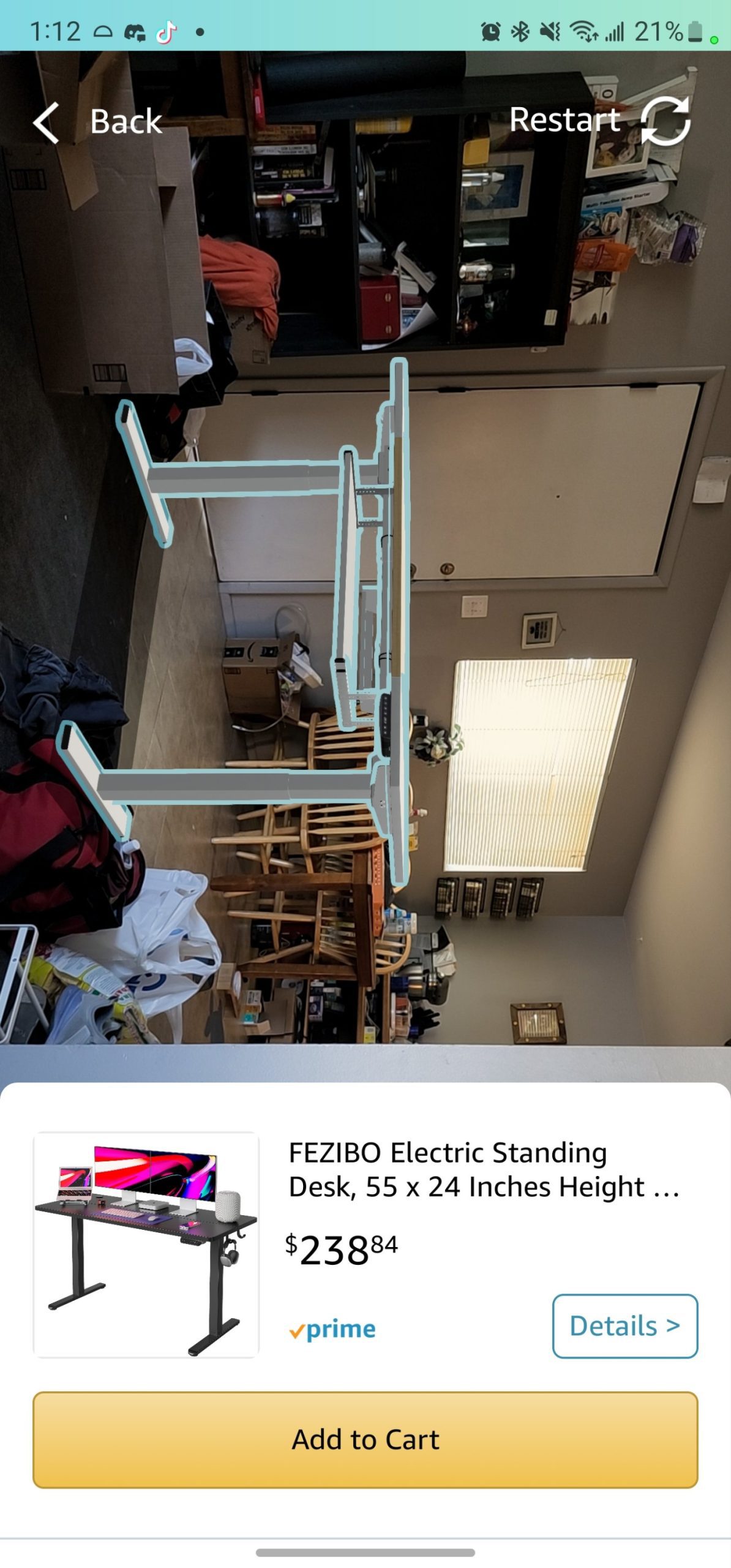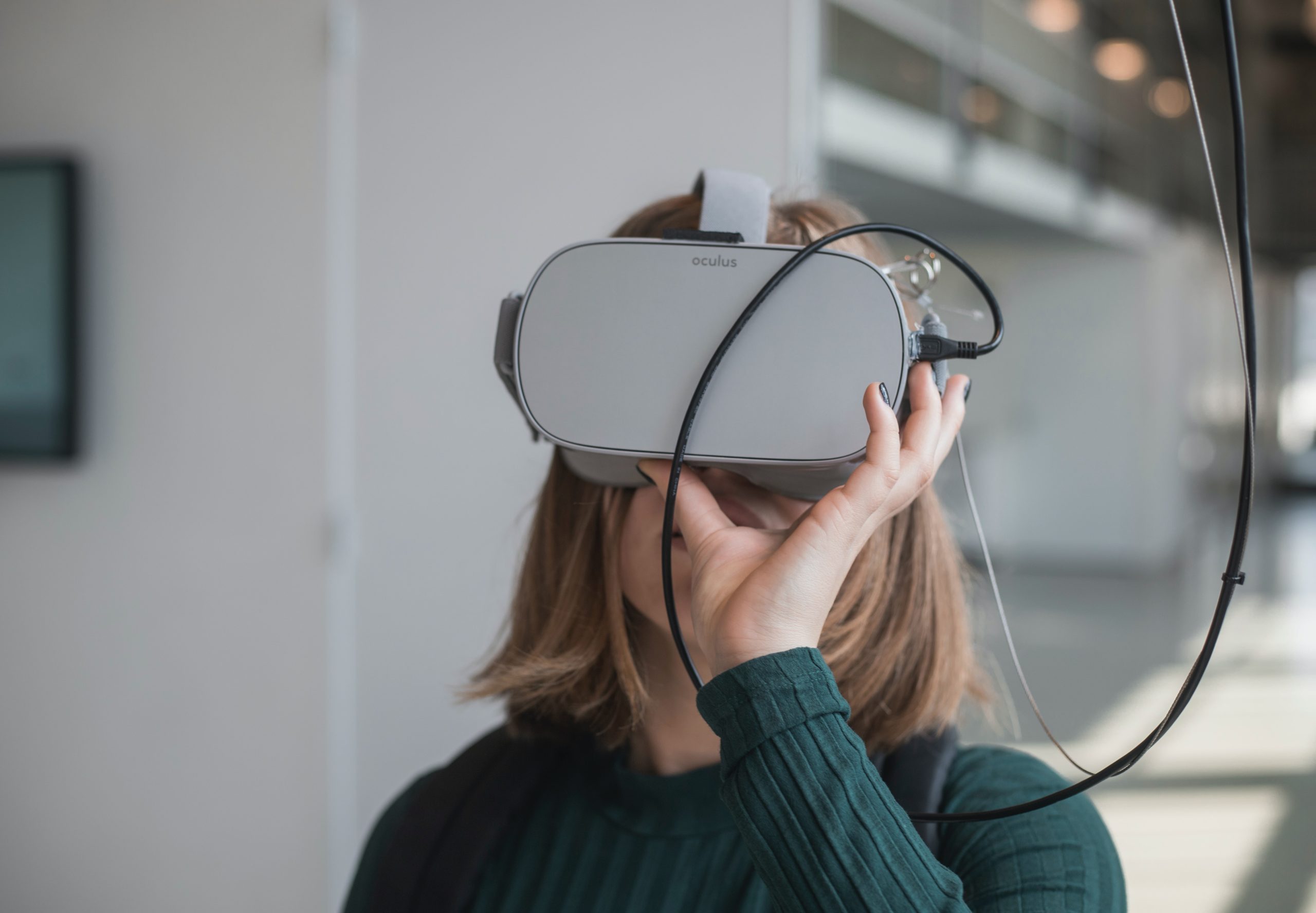Some links on this post may link to affiliate pages that offer compensation to the author of this post.
What is the Metaverse?
Way too many blogs dodge the definition of the metaverse so I’ll give you a definition of the metaverse right here at the beginning:
the METAVERSE: A experience that is reality-based but accented, augmented, or improved on with digital enhancements or other digital resources.
This definition of the metaverse is meant to be all-encompassing because if we are being honest here, the metaverse concept is a bit over saturated on the internet.

Part of that has to do with the ways companies are branding the future of the internet. And to be clear, nobody really knows what the future of the internet holds! Do you mean to tell me that everyone wants to exist in a reality that is partially virtual reality and partly mixed reality? I don’t think so… and that’s because the demand for virtual reality is still in its infancy.
But there are elements of a core “Metaverse” that sustain every good conversation about the future of digital experience. So in this blog post, I’ll be giving you everything you need to know about the Metaverse, and how it will change the world.
What makes up the Metaverse?
As previously defined, the metaverse is anything that includes an experience that is reality-based but accented, augmented, or improved on with digital enhancements or other digital resources. So what are some of the key tools that will influence the future of the metaverse? Here are some core elements that makeup all the different metaverse experiences. 1) Virtual Reality 2) Augmented Reality 3) Mixed Reality

Though this list is not exhaustive, VR, AR, and MR as they will be referred to from here on out are the most important experiences that make up the metaverse. There are other experiences that will become important too and are currently influencing our metaverse today. These are experiences like Game Engines, Virtual Places, Virtual Objects, Digital Identity, Social Media, Cellular Networks, and many more. Subscribe to this blog post if you want more information on those topics. For the sake of this article, we are going to focus on the three fundamentals. AR, VR and MR.
What is the Difference Between Virtual Reality and Augmented Reality?
Augmented reality is a live direct or indirect view of a physical, real-world environment whose elements are augmented by computer-generated sensory input such as sound, video, graphics, or GPS data. Virtual reality on the other hand is an artificial environment that can be explored and interacted with through a headset and various input devices.

The difference between virtual reality and augmented reality can be summarized in the following points:
1. VR is an artificial environment that can be explored and interacted with through a headset and various input devices. AR on the other hand is a live direct or indirect view of a physical, real-world environment whose elements are augmented by computer-generated sensory input such as sound, video, graphics, or GPS data.
2. VR requires you to wear special equipment while AR does not require any special equipment.
AR experiences are actually very very common amongst GenZ and are becoming more and more popular over time. Apps you may have heard of or even used that create artificial reality are like PokémonGO which allows you to interact seemingly in real-time with digital creatures you can capture, collect, sell, and play with. Another great example of an Artificial Reality experience you may have used in your day-to-day is Amazon’s mobile app.

If you have ever shopped with Amazon’s Mobile App for a furniture item that might go in your home. You may have seen the option to “see it in your home.” Using technology built into your phone, the app can show you with a pretty impressive degree of accuracy how the item would look in your home by using spatial data from the camera of the phone.
What is Mixed Reality?
The name “mixed reality” was coined by Tom Furness in 1990, and it is often shortened to MR.
Mixed reality is a technology that enables users to interact with virtual objects in the physical world. In many ways, we haven’t really seen mixed reality quite come to fruition yet. In fact, a lot of augmented reality or virtuality experiences could also be co-categorized as mixed reality experiences as well.

Mixed Reality is a term used to describe a technology that blends the virtual and physical worlds together.
The idea behind mixed reality is fairly simple: it tries to make the real world more like the virtual world. It does this by merging what we experience on our screens with what we see around us in our physical environment. Mixed reality accomplishes this by combining two different technologies: computer-generated images and live-action video footage of real-life scenes.
When I initially wrote this article, I had no idea what mixed reality was. But then I tried meditation in the metaverse… and it was then that I really understood what Mixed Reality is and how it works. I even wrote an entire article about the best VR meditation apps and how they compare.
Meditation VR works as a sort of guided meditation that can only be truly recognized and realized through the mixing and blurring of reality. Meditation itself is a very reality-bending experience so it’s natural that mixed reality starts with meditation in VR.
What are Some of the Best VR Headsets on the Market?
Now, this is not a blog about the best VR headsets you should buy, that list has been done time and time again. But in most AR, VR, or MR experiences… in order to properly experience them, you should probably get a VR headset.

In my opinion, the best headset to get right now is the Oculus quest 2. You might want to get it quickly as demand for the Oculus Quest 2 is only rising and rumors are, that Facebook plans to increase its price on it.
But even if Meta increases the price of the Quest 2 from $300 to $400, the cost is worth it. It’s by far the best way to get into the metaverse without spending thousands of dollars. It’s designed to work with PCs so you can take advantage of any extra graphics power you have laying around. It is a VR headset that has been designed to be immersive and interactive, and it does not require a connection to a computer in order for it to work.

If you are willing to spend some good money on the metaverse, The HTC Vive Pro was designed to be used with PCs as well, but it also works with the PlayStation 4 and Xbox One. The Vive Pro is an upgrade from the original VR headset by HTC, which was released in 2016. The Vive Pro offers better tracking technology, higher resolution screens, and improved ergonomics. But the biggest thing to be aware of is you will need some form of standalone PC or graphic horsepower in order to run the device.
If you are just an enthusiast who wants to get into light VR and mostly wants to look into meditation AR, MR, you could get away with a VR headset that uses your mobile device to power the graphical necessity. For these kinds of users, the Samsung Gear VR is another popular choice for those who want to experience virtual reality without having to spend too much money on equipment or accessories.

I use a cover on my own Quest 2 that has been a lifesaver in some of the most intense beat saber sessions. Check it out at my affiliate link here: https://vrcover.com/#meta-meditation
Conclusion: The Future of Virtual Reality & Augmented Reality
This has been the conclusive Guide to the Metaverse but the biggest question is still “How or Will the Metaverse Change the World?”
I can’t say for certain, but I think there are a few big takeaways that will help us make an educated guess about what to expect from the future of the metaverse.
Key Takeaways:
-
Virtual reality and augmented reality are going to change the way we interact with the world, and with each other.
-
Virtual reality is a computer-generated simulation of a three-dimensional image or environment that can be interacted with in a seemingly real or physical way by a person using special electronic equipment, such as a helmet with a screen inside or gloves fitted with sensors.
-
Augmented reality is the integration of digital information (usually in the form of text, images, or video) into an image of something being viewed through an electronic device’s display.
In my personal opinion, the metaverse is still very new and could see a potential decrease in interest over time. So it’s up to developers of the metaverse and Web3 technologies to not only develop the technology of the future but to make it solve modern problems at the same time.
Thanks for reading to the end of this post. If you find the information I provide to be helpful, please consider subscribing.
Disclaimer: None of the information presented on this site constitutes legal, business, tax, or medical advice. In each scenario, it’s recommended to first chat with a medical, legal, business, or tax professional before making any decisions.


